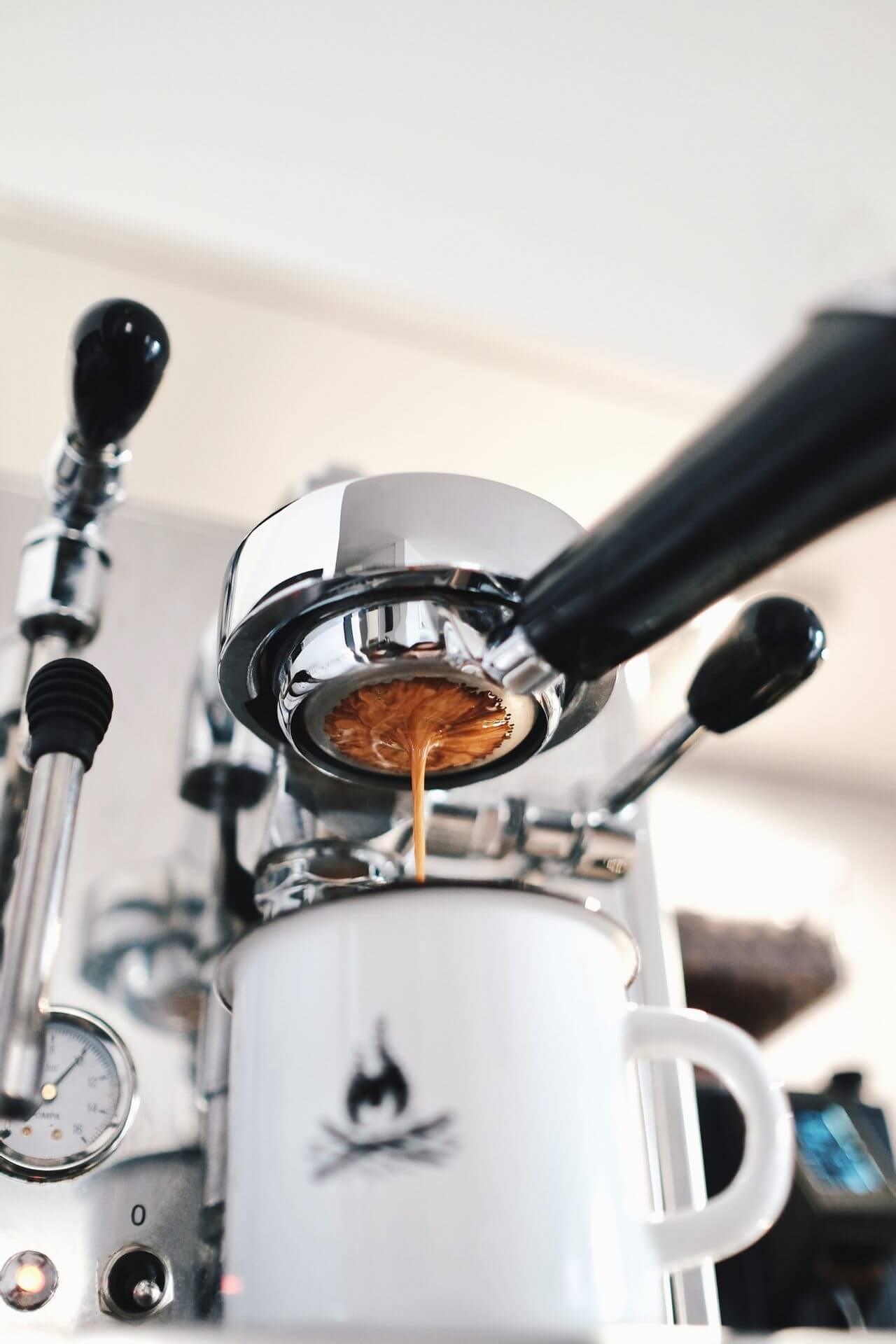
A coffee machine is one of the kitchen appliances which is hard to tell if it’s suitable for the entire family, office or a cafe. There are too many different types of machines and it’s hard to tell which suit your needs.
The entire internet is full of “reviewers” who are sponsored, with limited or zero experience with coffee. There are hardly any articles that are written by insiders revealing the key differences in machine systems. They don’t tell you the full story at all angles, especially how they fare in reliability.
What if we tell you that for a budget of $2000 for a top-end automatic machine, that would never give you cafe-quality coffee. Could actually get you a professional coffee machine that gives you barista standard coffee at home.
What if we tell you, the cost you pay for coffee in the form of capsules could end up even more expensive, you could be paying thousands extra in the long run? And the espressos you’ve been making, are not even real espressos?
We promise you, you will know the exact whats and hows after finishing this article.
No time to read, want to jump straight to the answer? Click: The Best Coffee Machine
Why does our review matter?
This article is by REAL baristas, coffee specialists, and coffee machine technicians. People who worked in the actual field, people trained in making certified and authentic Italiano espressos or trained in repairing sophisticated espresso coffee machines.
Our coffee specialists and machine technicians are with at least an average of 10 years of coffee experience, insiders working in various coffee companies from niche professional coffee makers to MMC home appliance conglomerates.
Disclaimer: We are a coffee company selling coffee beans and espresso machines, but that doesn’t mar our opinion. We sell the best coffee machines which we believe would work, not the ones that bring us the best margin. Of course, we can’t account for every single model in the market and there could be one that is exceptionally different. But the reviews we have, speak for what they are in general in each category.
What are the standard requirements for making good coffee?
Before you want to know how to choose a good coffee maker, it’s important to know what are the basic requirements to make a good cup of coffee. The parameters below are based on Italy’s professional standards, guiding values long established in the science of coffee.
Coffee should be extracted at
- Temperature: At around 85 to 95 °C
- Pressure: Use around 9 to 12 bars of pressure for espressos. (Depending on the type of pump used)
- Duration: Preferably at least 15 to 30 seconds for espressos, brewing time should be less than a minute for most types of drip coffee.
Milk should be frothed with
- Temperature: Max 65 °C / 150°F.
- Steam: Should be strong, consistent and stable.
We know there’s a new perception of how coffee should be made, known as the third wave. But whether is it 3rd wave or 4th wave coffee, let’s put those technicalities aside and view things in an unfiltered view, to the original standards that are still in place in Italy.
Coffee beans or freshly ground beans?
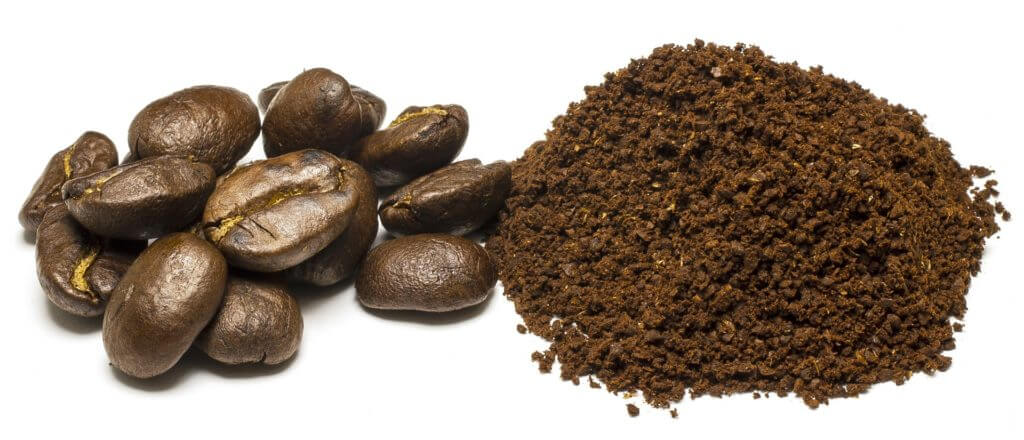
All the flavours in the coffee are kept in the oil within the coffee bean. So if you want to have the perfect cup of delicious coffee, you will need as much oil preserved in the coffee as possible.
A coffee machine that only accepts coffee powder is almost a guaranteed disaster. As once the coffee is in powdered form, the oil trapped in the bean is fully exposed and could oxidise in sheer minutes! What’s left behind are not aromatic profiles, are astringents and unpleasant flavours.
The best coffee is only possible if the beans are ground fresh!
Sad fact: Some drinkers are so used to drinking oxidised coffee all their lives, they have actually mistaken the astringent as flavours! However, there’s a difference between astringent and bitterness. Moderate bitterness could positively characterise an espresso. It is not true that good coffee should not be bitter. Almost any coffee can be less bitter with a lighter roast.
Now that you know the basics to look out for, let us examine the different genres of coffee machines available.
Automatic Coffee Machines (Espresso)
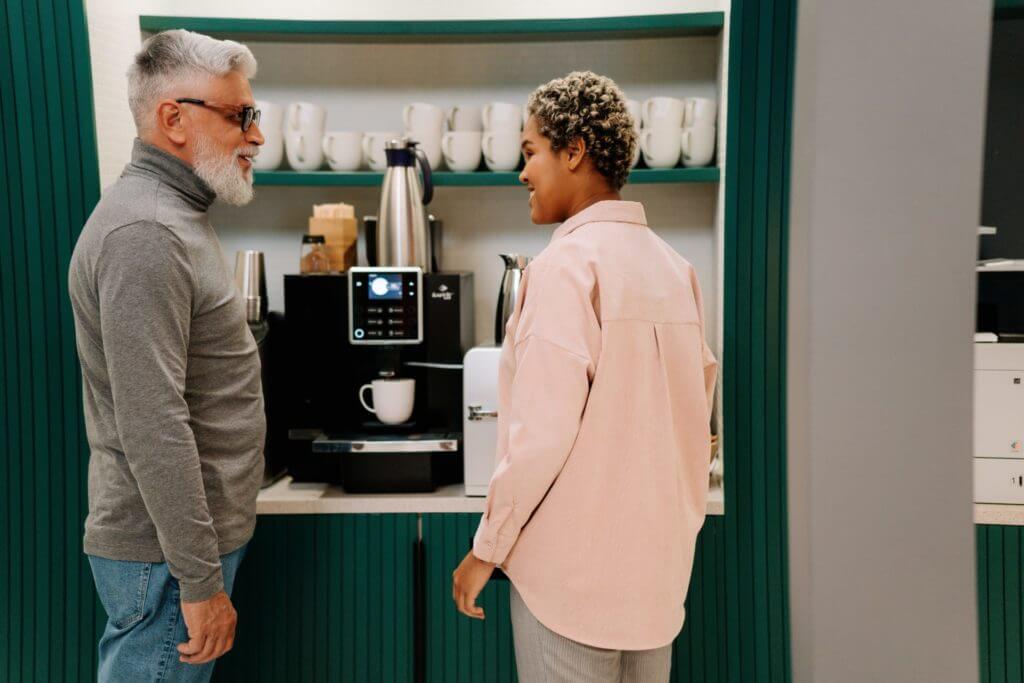
Common brands: Delonghi, Saeco, Jura and Krups
Automatic machines are geared mainly towards convenience. They sell the idea that with a touch of a button, it could guide the user to successfully make a cup of coffee. Such coffee makers usually have an inbuilt coffee grinder and have a quick heat up time.
Quality of extraction:
- Temperature: Unstable
The water is usually heated by passing water through thermobloc heaters. If you are concerned about aluminium toxicity. You may want to pay attention that Thermobloc heaters are blocks of aluminium with internal paths for water to travel through them. They are flash heated to a very high temperature and the water should be heated as it travels within it. Temperature is unregulated, wildly unstable and can be influenced by the ambient temperature or conduction as it travels through different types of material. When the heated water reaches the brew chamber and meets the coffee, that’s when the brewing process begins. Unfortunately, most automatic machines are made of plastic or material which are poor conductors of heat. Heat is lost dramatically as it passes through the poor conductors. It’s really difficult to expect the temperature to be stable or within the parameters. - Pressure: Excessive
Normally automatic espresso machines use a pump to push water from the tank to the brew chamber for extraction. Most of the pumps used in such machines produce a pressure of 15 to 19 bars of pressure. This is much higher than the required 9 to 12 bars. Some salespeople may mislead customers that the higher the pressure, the better. This is not true. This increases the energy and heat during the extraction process, which causes overheating and increases the amount of astringent or bitterness released from the coffee. - Duration: Too quick
Water that is introduced into the brew chamber, must be able to come out unobstructed from the nozzle. Else the obstructed water will pressurise inside the brew chamber and possibly explode or cause a major leak. As such, the coffee powder that the machine is always set to accept must be coarse enough to prevent too much resistance, to allow water to escape. Together with the high pressure, it’s very likely that the extraction is coming too much and too fast. This means that the coffee is under-extraction and the flavours can’t be properly extracted.
Quality of milk frothing:
- Temperature: Maybe acceptable
There are normally two ways to froth milk in fully automatic espresso makers.- With a steam wand as seen in professional machines. You can adjust on the fly and hit the right temperature. However, it can be a lot more troublesome to use as you will probably have to follow some rituals to change the machine’s mode for milk frothing.
- With a milk canister by drawing milk into a compartment. In it, it combines the steam with milk.
- Steam: Weak or unstable
Normally the steam is produced by pushing droplets of water into a thermobloc at a high temperature. The droplets of water will instantly vaporise and become steam. The steam produced in this way is unstable and often weak. Making silky milk froth is a challenging task. If you expect a nice cup of cappuccino with these. You will be sorely disappointed.
Cleaning:
Auto coffee machines can’t do pressurised cleaning in the grouphead to clean off the coffee oil that’s retained. You can’t deep clean the grouphead with specialised detergent either. All you can do is allow hot water to pass through, which would not help much as the oil sticks to the walls too firmly. Do not mistake that the cleaning process called descaling is for cleaning the grouphead. Descaling is for cleaning limescale that has trapped in the heaters and tubings. Descaling is a very corrosive process to the components and internal metals.
It won’t take long for the coffee oil to start accumulating and form thicker layers of rancid remnants. Which will pollute the coffee you are drinking and eventually choke up the machine.
As for the milk frothers. The milk wands should be easier to clean as compared to the milk canisters. Cleaning the canister is a tedious task as they have many tubes or compartments which are incredibly difficult to reach. The milk may solidify inside the hidden spots and start to go rancid. Over time, the tubes will start turning yellow and may develop a rotting odour from retained milk.
Serviceability:
An automatic coffee machine has a limited product period, once it reaches its end of life, the support will stop with it and spare parts may not be obtainable.
Summary:
If you expect an automatic machine to produce barista quality, it’s really a far-fetched idea. Most automatic coffee machines in the market could only produce under-extracted espresso that comes out too fast and too much. There aren’t many deep cleaning solutions possible for the brew chamber to effectively clear off the coffee oil. So you will eventually end up with espressos with pollutants from rancid layers of oil that accumulated in the brew group.
If you intend to just heat up the milk for your coffee, yes it’s possible with auto coffee machines but the foam produced is normally very inconsistent due to the weak steam. The usage of the coffee machine or the cleaning of the milk frother is usually very cumbersome.
The coffee produced often resembles coffee made from a vending machine than from any cafes. If you really have to go through this route, we will suggest getting the machine without any milk frothing functions as it is unlikely to be doing good and has a lot to clean in that field. It’s not unsurprising to have automatic coffee makers selling at a high premium, it’s hard to imagine there could be many improvements.
Automatic Coffee Machines (Filtered or drip coffee)
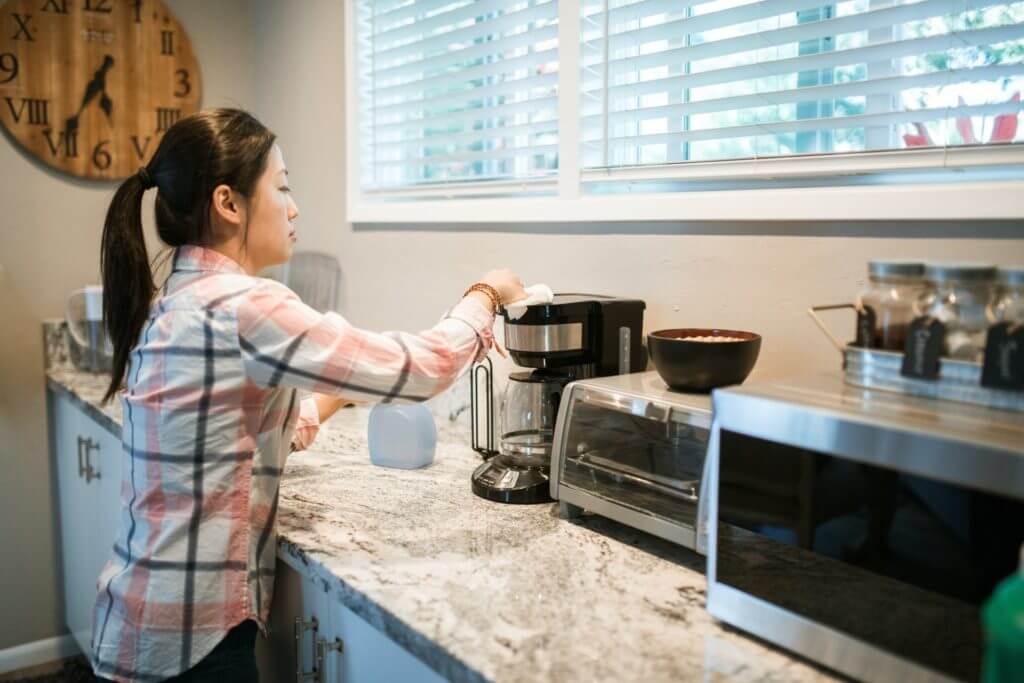
Common brands: Delonghi, Philips, Zojirushi, and Krups
This is the kind of machine that gives you a pot of dripped coffee. It only has one feature, making black coffee with hot water without much emphasis on pressure. Since there are fewer things it can do, there are fewer things for them to go wrong.
Quality of extraction:
- Temperature: Unstable
Similar to the usual automatic espresso machines, water used for brewing is heated by passing through thermobloc heaters, it is wildly unstable. - Pressure: Acceptable
Hot water is poured or dripped onto the coffee grounds, gets infused and extracted with practically no pressure required. The main problem is the water may land in areas where it won’t pass through many coffee grinds and resulting in very uneven extraction. - Duration: Likely acceptable
Since it’s dripped coffee, water is normally injected at regular intervals and the extraction should be timed appropriately.
Quality of milk frothing:
- Temperature: Not available
- Steam: Not available
Such automatic coffee makers are geared mainly for making long black coffees, they rarely have milk frothing functions.
Cleaning:
You will need to wash the brew group, mesh filter and coffee carafe and lid which are normally removable.
There are two types of mesh filters, disposable paper filters or reusable plastic/metal filters.
Be careful of washing too much coffee powder into the drain. The coffee grinds clog pipes like sand and can cause damage to drainage systems.
Serviceability:
An automatic coffee machine has a limited product period, once it reaches its end of life, the support will stop with it and spare parts may not be obtainable.
Summary:
For having filtered coffee, a coffee machine like this might not be that bad. Pair with freshly ground coffee from a coffee grinder, you may get something acceptable. You will only get better results if you use a separate coffee grinder and do not use ready-ground coffee.
One main problem is the water may randomly land and could not get an evenly distributed extraction. The coffee produced can be very inconsistent in terms of intensity and flavour. If you are using less coffee, the chance of going wrong is higher and this may be a problem if you intend to make just 1 or 2 cups.
If the mesh filter is made of paper, it’s a lot more convenient to clean and the filtration system should be more effective. You will get a clean coffee with very few remnants. The flip side is the paper filter holds back most of the coffee oil and it’s the oil that contains most of the flavours. Meaning the end result is a coffee with a thinner body and less aromatic. It feels like eating salad without dressing.
If the filter basket is made of metal, which is reusable, you will need to clean this part every time. In the event the metal mesh is not fine enough, the coffee grinds will escape through and dirty the produced coffee. You may notice a lot of sediments in your coffee. However, you can expect a coffee with a better body and better aromatic notes.
These machines usually perform better when the mesh is full of coffee, for making a pot of coffee, so probably better for an environment of coffee drinkers. Not that great for single-cup users.
These machines are still used in some cafeterias and fast food. They are designed to fill up a big pot of coffee and kept warm with heaters. They are designed for quantity, not quality coffee. It’s filtered coffee, not espressos. If you have a lot of coffee drinkers drinking by the mug and they don’t have many expectations, this is something you should consider. The price is usually within the affordable range.
Capsule Coffee Machines
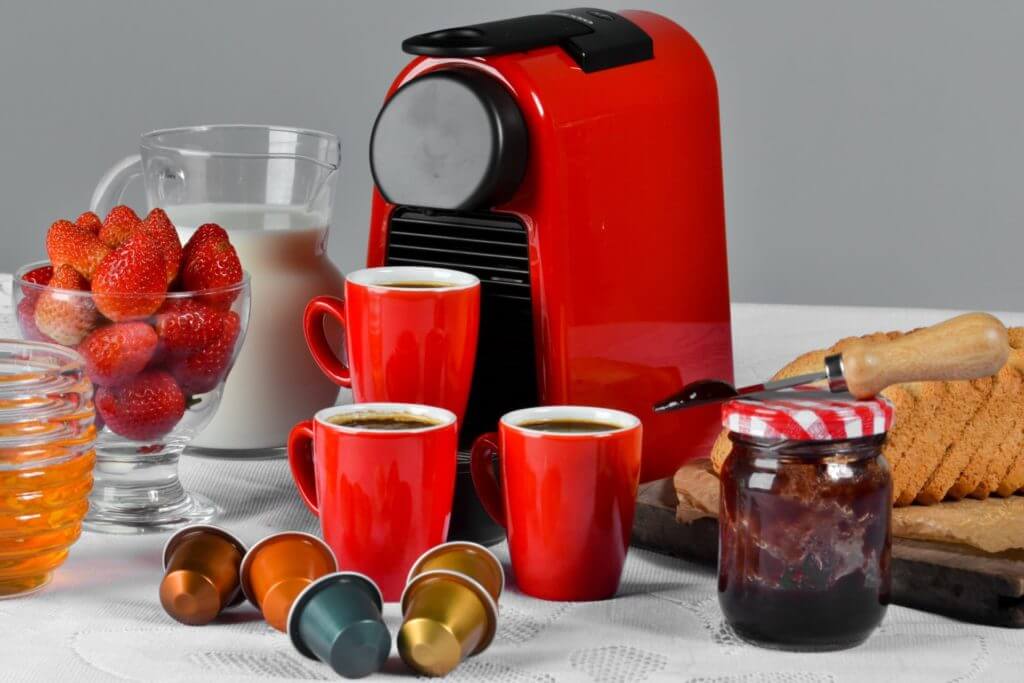
Common automatic coffee machine brands: Nespresso Vertuo, Nespresso Classic, Nescafe Dolce Gusto, Illy Iperespresso, Lavazza Blue
Remember that we mentioned that machines that only accept ground coffee powder are always a disaster? Coffee capsules actually solve this problem. That’s provided that you are purchasing good and original coffee capsules, not from third parties. As the facilities used to produce these coffee capsules must be in clean lab condition, with the coffee never exposed to oxygen after roasting. This is a very challenging task and could easily cost hundreds of millions to build the required facilities. Usually, it’s only the big conglomerates that have the might to make such investments.
Quality of extraction:
- Temperature: Unstable
It has essentially the same problem as the automatic machines because the heaters are using aluminium thermoblocs and plastic internals. The temperature should be wildly unstable. - Pressure: Excessive
Inherited the same pressure issues with 15 to 19 bars of pressure, which is too high for a decent extraction. Poor development of aromatic notes and increase of astringents. - Duration: Too quick
Extraction is happening too fast and coming out too much, is definitely not considered a bonafide espresso. It’s a short coffee with crema, rather than a qualified cup of espresso. To give you some numbers, a properly made espresso gives you about 20ml in 20 seconds of extraction. The last check we had with a Nespresso machine or Nescafe Dolce Gusto espresso machine, we had 40 ml in approximately 10 seconds. That’s 4x faster!
Quality of milk frothing:
- Temperature: Can be achieved
There are normally three types of milk frothing in coffee capsule machines.- With a steam wand as seen in professional machines.
- With a milk canister by drawing milk into a compartment which combines steam with milk.
- With a milk frother jug. I.E: Aeroccino for Nespresso. Users pour milk into it and it will heat and whisk up the froth.
- Steam: Weak or unstable
The milk jug is the most common method recommended for Nespresso capsule machines. It’s actually not that bad. The milk canister approach produces the worst result and is the hardest to clean. As for those with steam wands, the steam produced is weak and unstable, they are challenging to use.
Overall, if you are using the milk jug option, maybe it’s not that bad. The caveat of this is the milk froth jug has reported poor reliability because it is an electronic device which requires special attention for cleaning. It has to avoid water at certain parts where the electronics are located. The Teflon coating inside the jug also wears out over time. As such, replacement is often required regularly.
Cleaning:
You will need to discard the used capsules which contain all the coffee. You are unable to deep clean the brew chamber and remove the accumulation of oil that builds up. Overall it won’t be as dirty as a fully automatic machine as the brewing is mainly done in the capsule. The nozzle and the area that perforate the capsules are where the coffee oil could gunk up.
Cleaning for the milk canister, for example, the Nespresso’s Lattissima will be more cumbersome. If you are using a milk jug frother, you will have to be careful of damaging the internal Teflon coating and wetting the portions where the electronics are.
Serviceability:
The most commonly reported problem is the milk jug having problems. The milk jug has a whisk to froth the milk. The problem is the whisk is attached by magnetism. Heat and magnetism being together aren’t good news, eventually, the magnetism doesn’t work as expected and the whisk stops spinning. Another problem is the Teflon coating comes off easily over time. They don’t fix the issue, they usually sell you a new device or replace it for free if it’s within warranty.
Summary:
Capsule coffee machines are basically automatic coffee makers without an inbuilt grinder. This is an ingenious marketing idea that traps the consumer to only purchasing coffee from their network. The machines are cheap to produce as they only require a few essential functions, producing heat and pressure. That’s why sometimes they are more than willing to give you a compact Nespresso Essenza mini for free or offer you excellent after-sales service for the machines.
Capsule coffee machines may cost less money in the set up. But you will quickly squander all the savings when you start purchasing the capsules.
Suppose having 3 cups a day with the cheapest Nespresso capsule of S$0.72 each, that’s approximately S$788.40 a year spent on coffee. For the S$0.72 capsule, you only get approximate 6g of coffee which is below the standards for certified espresso. That’s an expensive price to pay for caffeine in Singapore or in anywhere around the world.
With whole coffee beans approach, using 7g which could cost at little as $0.20 a shot. That’s only S$219 for the whole year. That saving is enough to get you a decent coffee grinder and probably a lot better quality.
The newer Nespresso Vertuo uses more coffee but they are priced way higher. From what we see, the Nespresso Vertuo is their solution to renewing their expired patent in the old system.
In a nutshell, though many users are impressed that they could produce a coffee easily at home with these capsules. The coffee produced by a capsule coffee machine can’t be considered real espressos, and that explains why they still taste remarkably different from cafe made drinks. As for the quality of the coffee, given its limitation in extraction capability, you can’t really expect much to come out of it. There are claims that they are providing the top 1% of the coffee, which can’t be demonstrated from the taste profiles we are getting.
Fact: The best coffees are from the Cup of Excellence event which is also known as the Oscars of Coffee. Competition-grade coffees are always limited in supplies.
If you just want a coffee first thing in the morning using the shortest time, don’t mind aluminium toxicity, don’t mind the quality and don’t mind the price, it’s a fine choice to consider.
Hand Pressed Devices (Espresso)
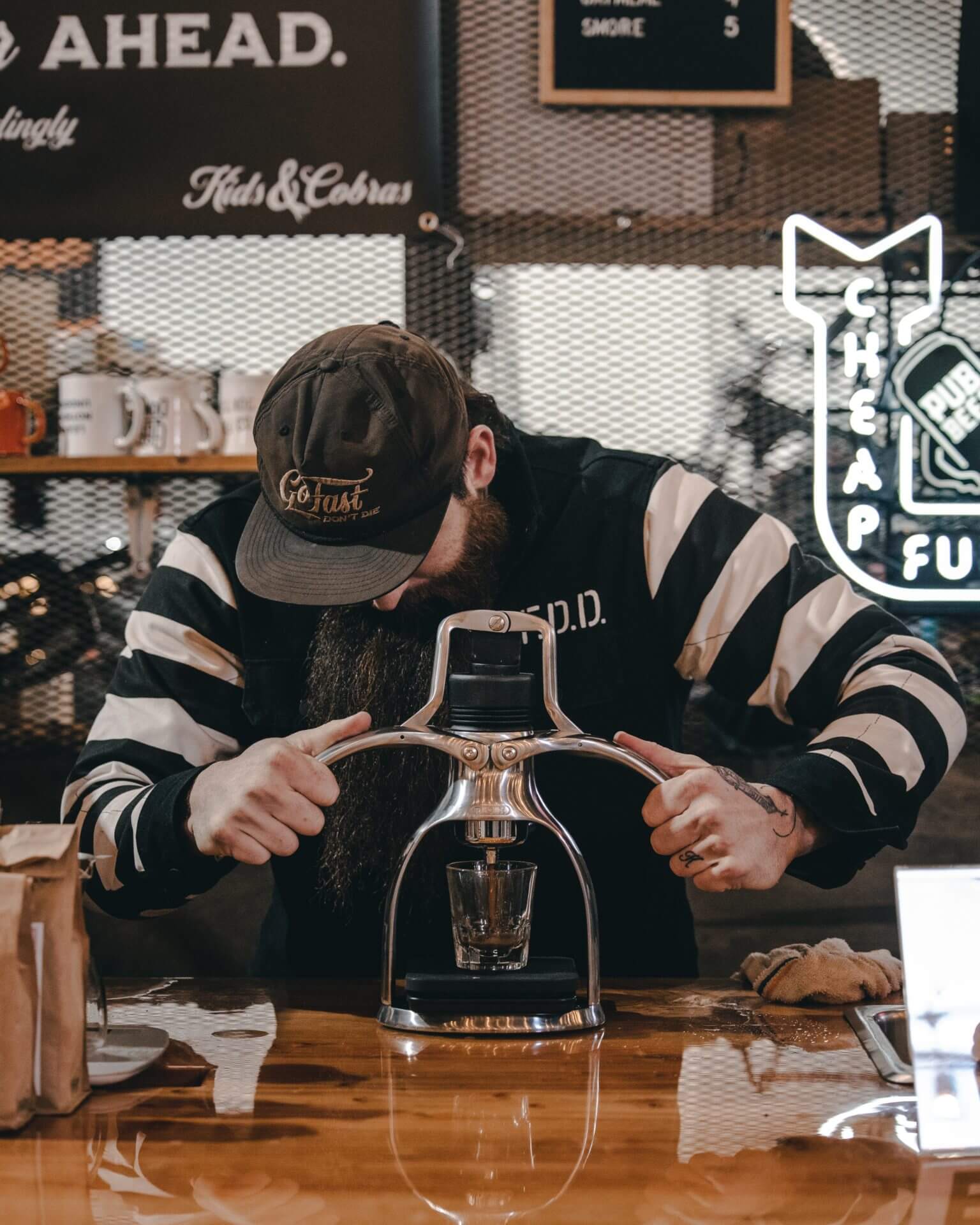
Common brands: Aeropress go, Flair Espresso maker, ROK espresso maker, French Press
These devices are not powered. You put the ground coffee powder into a filter holder, pour in your hot water then exert pressure with your hand to extract the espresso. They are portable and light. The device has to be used with a separate coffee grinder. You can use ready-ground coffee powder but the quality will become remarkably horrible. You will also need a separate cooker to heat up the water.
Do note that most of them, particularly the Aeropress go are designed to be a portable device.
Quality of extraction:
- Temperature: Controllable
You will need a separate kettle or cooker to heat up the water before pouring. You won’t want to pour in boiling water, you need the temperature to be around 85 to 95 °C. For coffee that is too acidic or weak, you can use a higher range of temperature. For coffee that is too intense or bitter, you use a lower range. - Pressure: Controllable
You can control the pressure on your extraction. Some of these devices have a pressure gauge to let you know the pressure you are exerting which can guide you to make better espresso. - Duration: Controllable
You have more control and could adjust the flow rate via the pressure you exert with your hand. If your flow is coming out too quickly, you can reduce the pressure or tune your coffee grinder to have your power finer to form stronger resistance.
Quality of milk frothing:
- Temperature: Not available
- Steam: Not available
These devices only deal with coffee extraction, you can’t froth milk with them. You will need to get an add-on device for these purposes.
Cleaning:
One of the biggest complaints about these devices is that the machine has no electronic pump. You may have to dismantle the entire grouphead and send the brew group to the sink to wash.
It’s possible to have some shortcuts by pouring hot water in.
Deep cleaning is possible but the time and steps for cleaning are often lengthy.
Serviceability:
You are likely to be able to purchase the small spare parts to restore the machine. Parts like gaskets are worn over time and require regular replacements.
Summary:
Though these devices are rudimentary designed, they are capable of making decent espressos but that comes at a price of a gruelling process of controlling the water temperature and pressure. The user must know some knowledge of the science of coffee to get better results and need many a capable water heater that can heat water to the correct temperature. The user may also find fun exploring the different variables in control.
If you are unemployed, a retiree or simply someone with plenty of time on hand and only take the coffee in black, it’s something worth considering. These are the best coffee machines to have in the wild.
Stove Top Coffee Maker (Strong coffee)
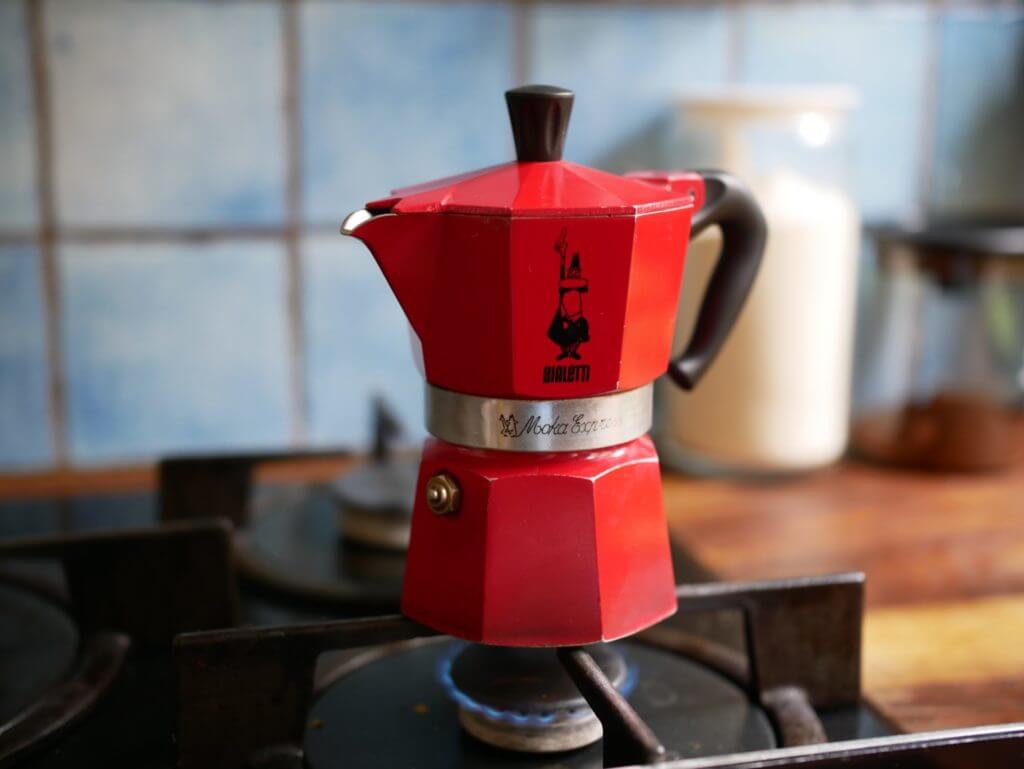
Common brands: Bialetti, Mokapot
These compact cookers are commonly used in Italy. It uses pressurized boiling water to cook the coffee. The end result is an incredibly intense and bitter coffee. It comes at a price, most of the aromatic profiles are burned off by the high temperature. You will probably want to use a lighter roast coffee for this or have to add plenty of sugar to tame the bitterness down.
Quality of extraction:
- Temperature: Too high
The water must be boiled to produce the pressurized water that goes through the coffee powder. The entire pot is heated up to a very high temperature. The coffee is constantly stressed during the extraction. - Pressure: Not available
There won’t be much pressure to strongly impact the coffee. - Duration: Controllable
You can control the flow rate a little but since it’s so burned, it may not really matter anymore.
Quality of milk frothing:
- Temperature: Not available
- Steam: Not available
These devices are only for making black coffee, you can’t froth or heat milk with them.
Cleaning:
This is straightforward, you discard the coffee waste and bring the pot to the sink and clean it like a normal jug. Be careful of washing down too many coffee grinds into your drain, as they may cause the pipes to choke.
Serviceability:
There aren’t many things for these devices to fail.
Even if they do, it’s probably better to purchase a replacement than perform any repairs.
Summary:
These brewing devices are for the toughest men who have tasted the extreme bitterness in life and refuse any easier paths. The concoction out of it is not similar to any drip coffee or filtered coffee like from a french press. The drink is a lot more intense, bitter and in a bigger cup. Despite that, you may be surprised, there’s a huge following people in the rest of the world including here in Singapore. Where they take the intensity of the bitterness as the intensity of aroma. They may deem the coffee from the Moka pot as the most “aromatic” coffee ever made.
Manual Espresso Machine with Thermobloc (Espresso)
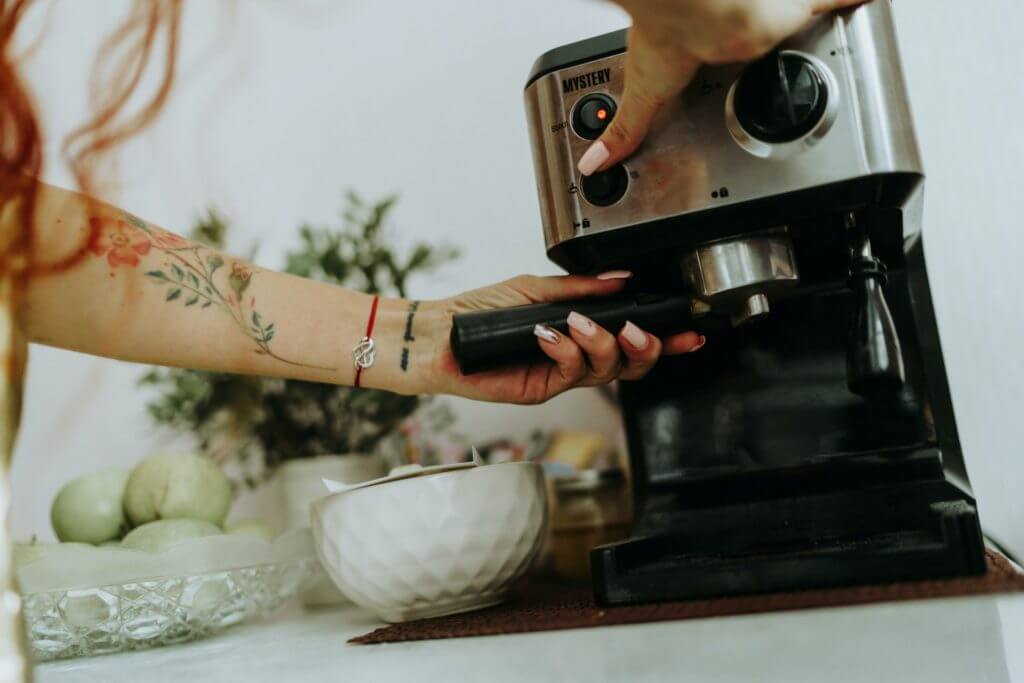
Common brands: Delonghi, Krups, Philips Saeco, Breville bambino
These manual espresso machines are normally sold by the same kitchen appliances companies making automatic espresso machines. You can tell that they are trying to cross towards the feature of professional espresso machines but most struggle to achieve coffee shop quality.
Quality of extraction:
- Temperature: Unstable
The fundamentals of how the machine heats up are essentially the same as the automatic machines. Using Thermoblocs and as expected the temperature is wildly unstable or is not suitable for extraction. - Pressure: Excessive
Sames issues, the pumps are not restricted and most exert a full 15 to 19 bars of pressure directly on top of coarsely ground coffee. Blasting at full power at the coffee ground till the nasty astringents are out. - Duration: Controllable
You can control the flow rate as in when to stop extraction. You can reduce the flow rate by adding more coffee or grinding the coffee finer to have them produce a higher resistance.
Quality of milk frothing:
- Temperature: Maybe acceptable.
These machines normally use a steam wand that looks similar to those in professional machines. Except that the steam is produced using a thermobloc. You can adjust on the fly and hit the right temperature with proper training. - Steam: Weak or unstable
The steam is produced by pushing a small amount of water into a thermobloc heater set at a very high temperature. The water will instantly vaporise and become steam. The steam produced in this way is usually weak or unstable. If it is able to froth better by using more time to froth the milk, the milk usually gets scalding hot above 65 °C.
Cleaning:
You can probably run some water through and wash the filter holders, but you are unable to properly deep clean the brew chamber where coffee remnants retain. Eventually, they will go rancid and pollute the taste of your cup.
Some of the milk wands have to be removed for them to be thoroughly cleaned and it’s necessary to do that to avoid obstruction of the steam to further weaken its force.
These machines can heat the milk warm enough for your lattes and cappuccinos. But milk froth that is produced is usually low quality due to its low steaming strength or getting too hot. The temperature of the milk froth can be too hot if the machine has an automation system to prioritise making good froth over the correct temperature.
Serviceability:
Like any automatic coffee maker, every model is produced only for a number of years. Once it reaches its end of life, the production will stop and getting spare parts for servicing could be impossible.
Summary:
Technically, the internals is quite similar to automatic coffee makers. The unstable temperature and the excessive pressure that is induced will have a negative impact on the brew. However, the user has absolutely more control over the extraction which may improve the outcome a little.
A lot of users who wished to “upgrade” from a capsules machine chose this path for its compact size, they are widely available in the kitchen appliances store and they cost a lot less money to own.
Espresso Machine with single boiler (Espresso)
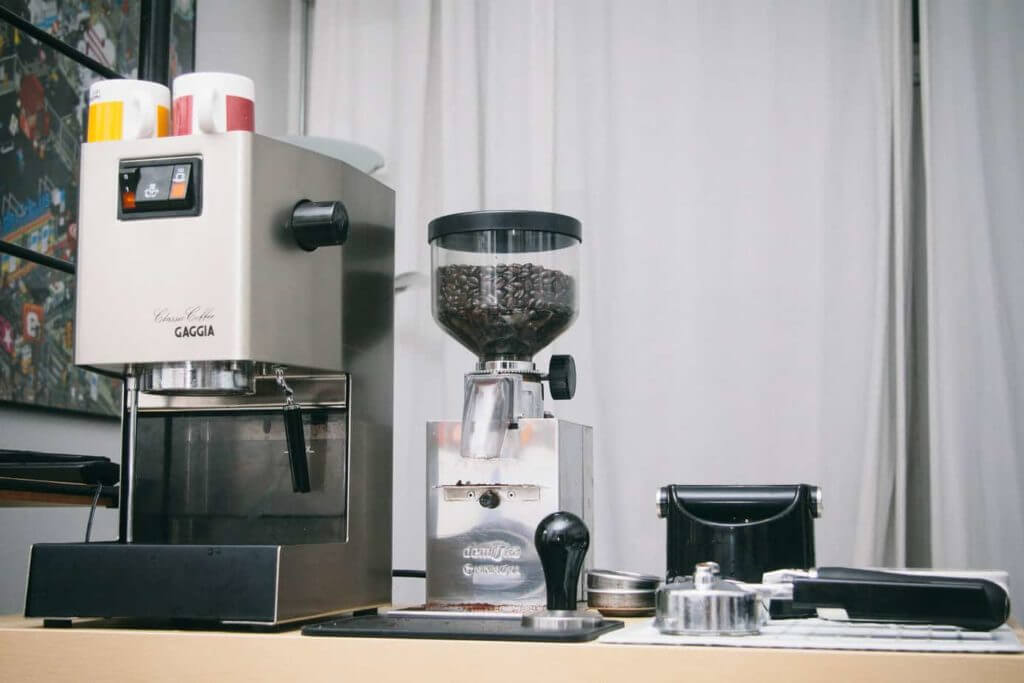
Common brands: Rancilio Silvia, Gaggia, Lelit
These manual espresso machines were introduced 30 years ago with a tiny boiler for heating, similar to those used in professional machines. Except that they use a much smaller and simpler boiler to brew coffee and froth milk.
The boiler can only do one job at a time, either froth the milk or brew, both done at different temperatures. To change from one mode to another, you will have to adhere to a long ritual of steps to get the boiler ready. This can be seen as a cumbersome process and a bad day to start for your morning cup.
These machines have to be used with a coffee grinder which is a positive.
Quality of extraction:
- Temperature: Can be unstable
Though they are using a boiler for heating, the temperature can be very unstable as the boiler is too small. When the user changes between espresso and milk frothing mode, the temperature in the boiler and its attached fittings can be very unstable. They even have a term for it, call “temperature surfing”. - Pressure: Can be excessive
The pumps are coming up with about 15 bars of pressure. Better versions of these machines would install an overpressure valve to tame the pressure to 9 to 12 bars. - Duration: Controllable
You can control when to stop extraction. Flow rate can be adjusted from the grinder by adjusting how coarse is the grind and how much coffee is being used.
Quality of milk frothing:
- Temperature: Likely acceptable.
These machines use a steam wand and you can adjust on the fly and hit the right temperature with proper training. - Steam: Weak
The steam from these machines will be a lot better than from automatic machines using thermobloc. That’s because it’s using steam that is collected inside the boiler. However, the boiler is often very tiny, as little as 100ml, which is quite a miserable amount to expect a lot. To give a comparison, prosumer-grade machines are usually 1.5l and above.
Cleaning:
You can perform the cleaning rituals used in a professional coffee machine, to clear off as many remnants as possible. That includes grouphead flushing, and cleaning with grouphead detergent. This is a good improvement over those mentioned earlier.
The wands can be easily cleaned by purging some steam to clean the nozzles.
Serviceability:
These machines are almost always serviceable as spare parts are lucky to be available from the OEM or third parties.
Summary:
The two major qualms with these machines are the temperature control on extraction. It is rather unstable and has a higher tendency to burn your drinks.
Another common complaint comes from its milk frothing capability. Though the steam is much better than coming from thermoblocs, it is still seen as weak as the small boiler is unable to collect sufficient steam.
Not to mention, the lengthy steps required to switch the machine between the extraction and milk frothing mode. The user has to pay extra attention and control the amount of water in the boiler. Filling the boiler up when you are planning to extract, removing water from the boiler for space to build steam.
The machines do not have any sensors to detect the water level in the boiler and have to be manually controlled by the user all the time. Failure to get the right amount of water in the boiler to match the mode could potentially cause damage to the boiler or components.
These are probably the best machines in Singapore 20 to 30 years ago but there are better options in the market that could produce better freshly brewed coffee with easier use.
Prosumer Espresso Machine with Heat Exchangers (Espresso)
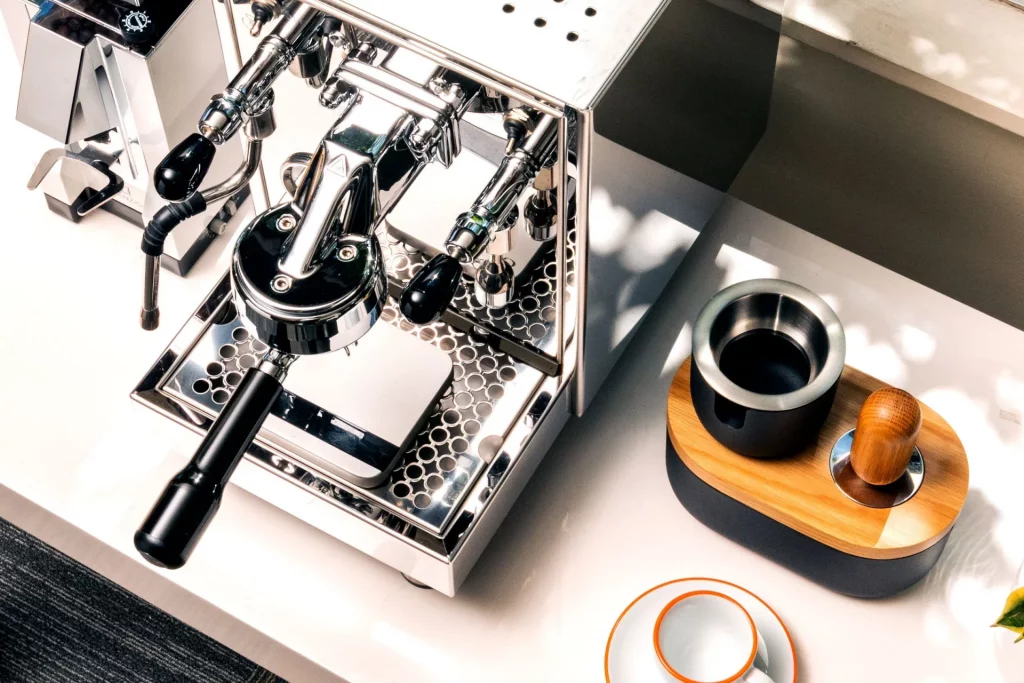
Common brands: Bezzera, La Marzocco, VBM
These machines are basically coffee machines used in coffee shops downsized to a countertop footprint. The real commercial class of coffee machines which you can put at home, an office or a restaurant.
These machines are intelligently designed to have a large boiler with an internal compartment to get two ranges of temperature at the same time. You can extract and froth milk at the same time.
There’s another type of boiler system known as the double boiler which you can find the main difference from this article: Heat Exchanger versus Double Boilers.
Quality of extraction:
- Temperature: Good
The heat exchange boiler system should get you the most optimal range of temperature suitable for extraction. Heat Exchangers produce a declining temperature profile during the brewing process, this promotes clarity and reduces the astringents in the later phase of extraction. - Pressure: Stable
There are pressure regulators to make sure that the pressure is set at 9 to 12 bars. These are the most optimal pressure used for the brewing process. - Duration: Controllable
You have full control over the flow rate by adjusting the perfect amount of powder used for your cup of joe.
Quality of milk frothing:
- Temperature: Good
These machines use a steam wand and you can adjust on the fly and hit the right temperature with proper training. - Steam: GoodIf the boiler is large enough at 1.5l and above, you should be able to enjoy strong and consistent steam. When the steam is constant and stable, it will be much easier to froth beautiful milk froth from it. Perfect for making cafe quality drinks like rich latte, and latte macchiato.
Cleaning:
You can do grouphead pressurised flushing to clean the grouphead properly as well as with appropriate detergent to cut deep in the cleaning. The wands could be easily cleaned by releasing some steam to purge milk out of the nozzle.
Serviceability:
These machines are likely to be very serviceable and the components could be compatible or sourced from third parties. Unless it’s a very complicated design with many proprietary parts, it’s unlikely that the models will be phrased out or discontinued.
Summary:
These professional coffee machines were once used only in coffee shops. They are increasingly popular for home use as consumers’ demand for good coffee gets stronger, this is known as the Fourth Wave coffee trend. Users are also more informed and realize that making coffee from a professional espresso machine is not an impossible task. One thing that revolutionized everything was the machines became smaller and make them easier to incorporate for home use.
If you have set your budget for the coffee machine to above $1000, you may want to consider topping up to get a better coffee maker in this genre. Though the upfront cost may seem slightly higher. Brands like Bezzera have been around since they invented the first modern espresso machine in 1901. They are like the Rolex in coffee machines as they will always retain a decent resale value even after years of usage, even if they are broken. So you would not get a total loss.
Not only are they better in the result, good brands are also more conscious and would use higher quality components and materials for the internals. An example is to use food-grade brass, copper, etc. This eliminates or limits the toxicity from leached aluminium and lead going into your cup of coffee. You can tell they are solid machines from their weight, easily 20kg of solid metal
Whether it’s for coffee enthusiasts, for your own barista or just looking for a good coffee machine for your daily caffeine fix. These are the definite best coffee machines money can buy.
You can definitely brew coffee with barista quality with a coffee machine like his. Whether you drink your morning cup hot or your kids prefer cold drinks like an ice brew coffee, or cold brew, this coffee machine can handle anything.
These are the best coffee machines in Singapore or any part of the world to get good coffee with professional standards. As long as you are using freshly ground beans, you should get a good cup.
Interested in a good Bezzera espresso machine? Check out our website at: https://www.finecoffeecompany.com
Article created on: 23 September 2022
Last update: 16 February 2023
You are free to quote our articles but will appreciate it if you link back to our page.
WANT TO KNOW MORE?
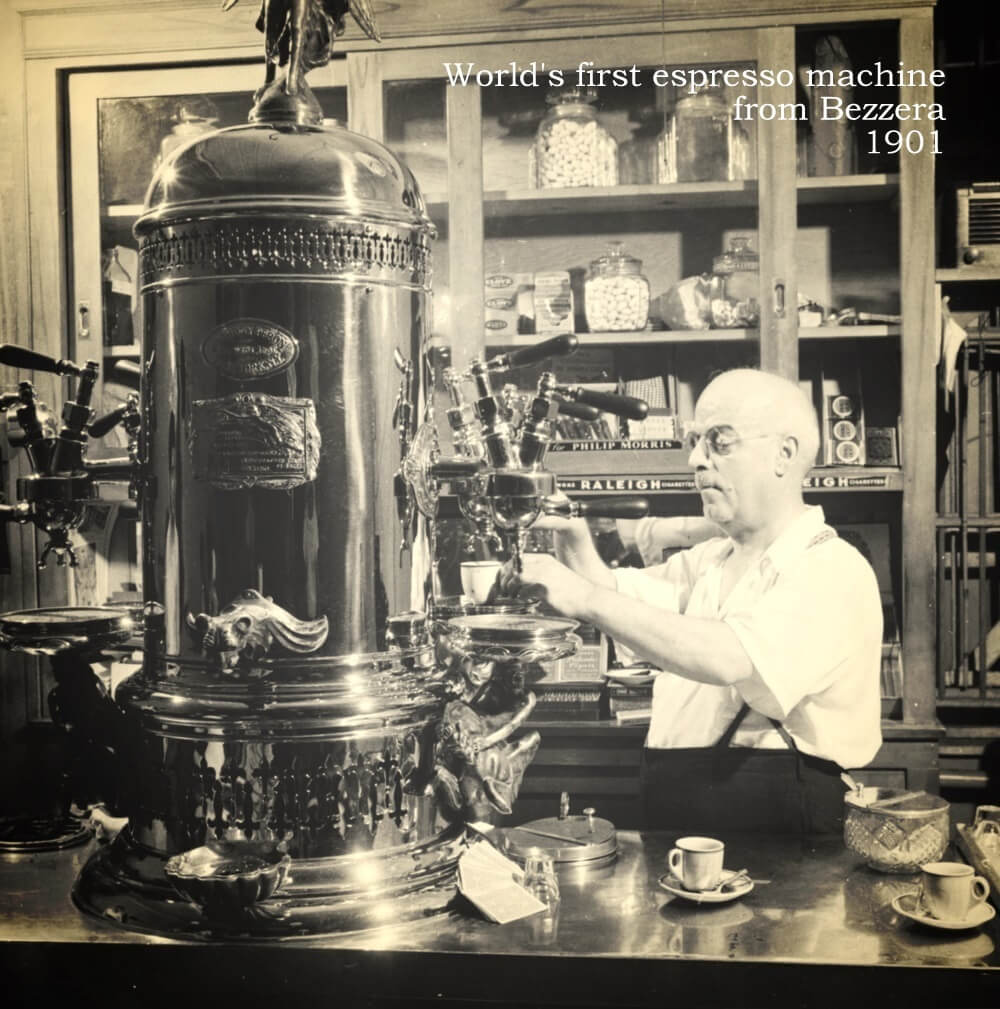
Looking for the best coffee machines?
Check out these coffee machines from the longest-standing espresso machine company in Italy.
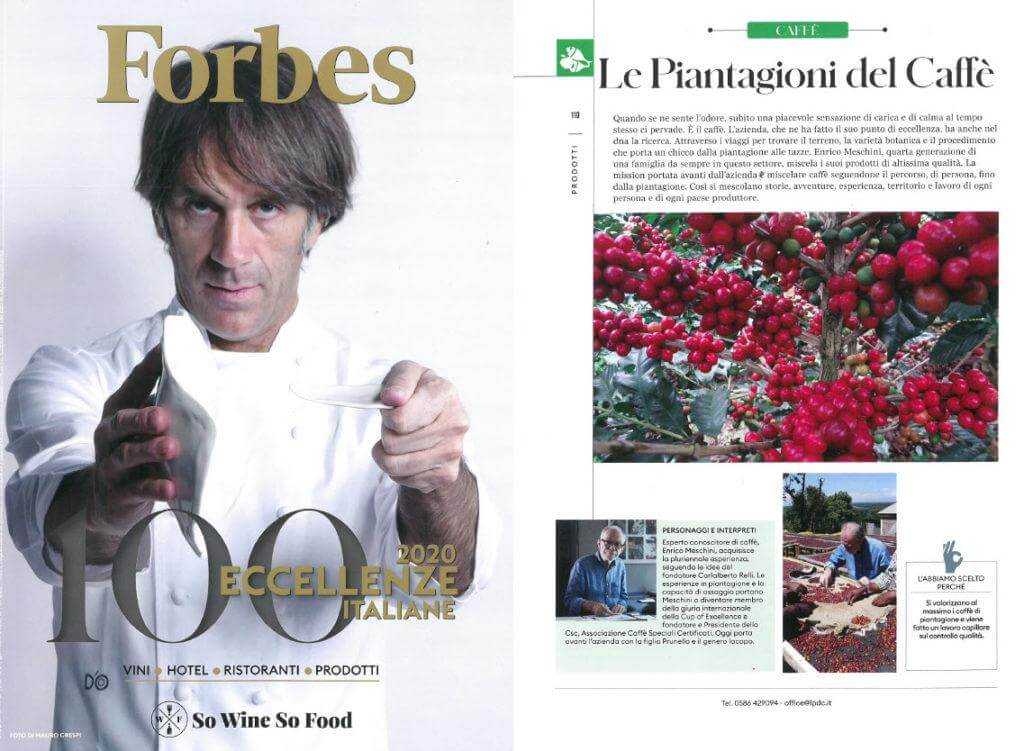
Who has Forbes rated as the best coffee from Italy?
Only one clear winner from a legend. Who is also the international Judge for the Cup of Excellence event, known commonly as the Oscars of Coffee.
Like to try the machines?